Bristol Port’s Impressive New Lock Gates: A Modern Engineering Marvel
Standing at an impressive 18 meters by 18 meters and weighing a staggering...
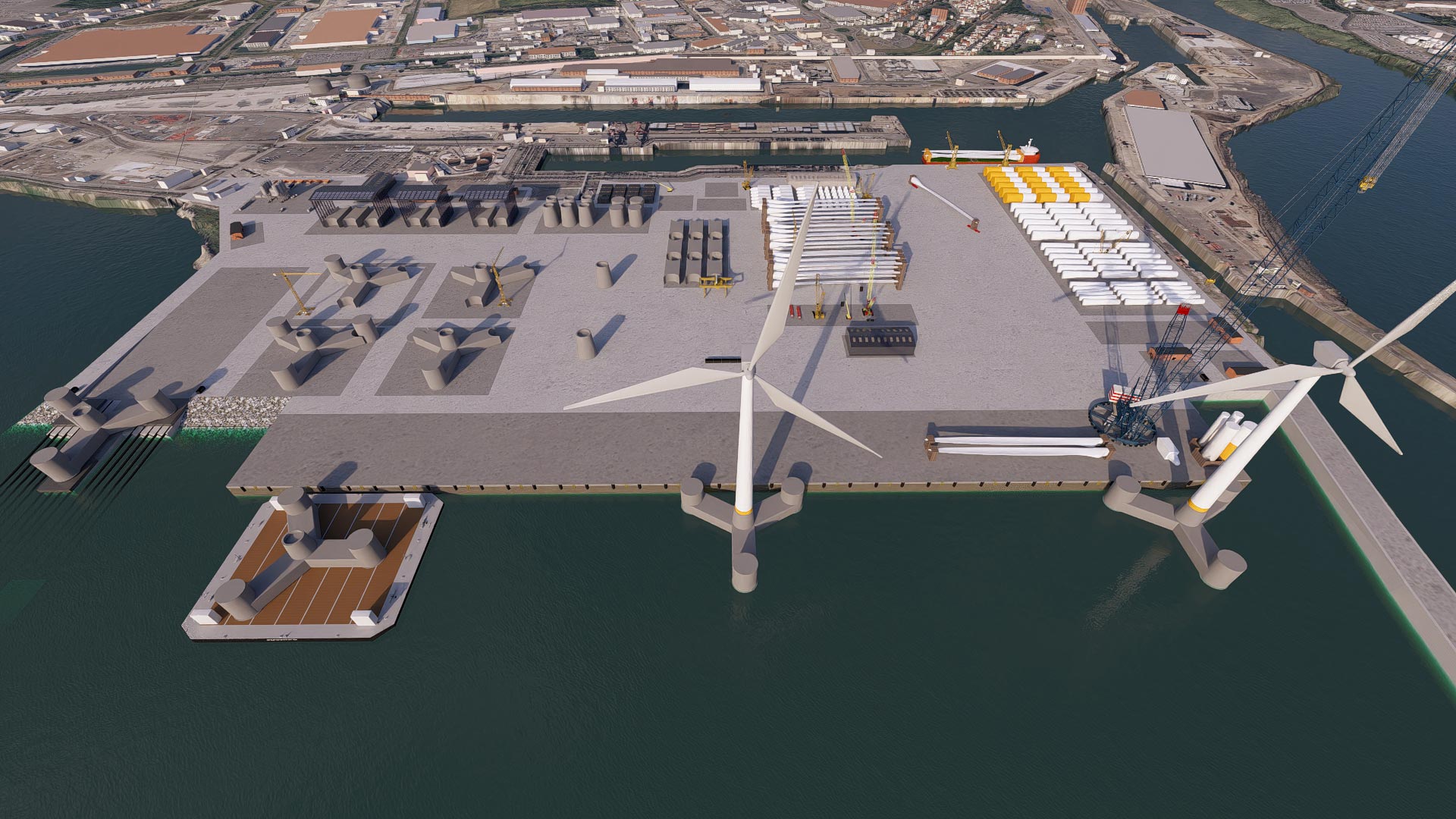
The Bristol Port Company (BPC) is developing plans for a major new terminal to support the development of offshore wind in the Celtic Sea which will help the UK meet its 2050 net zero target.
The next generation of wind farms is moving closer with The Crown Estate’s Offshore Wind Leasing Round 5 which aims to establish floating offshore wind in the Celtic Sea.
Round 5 will create 4.5GW of new renewable energy capacity, enough to power more than 4 million homes, with the potential to unlock a further 12 GW of capacity in the Celtic Sea in future rounds.
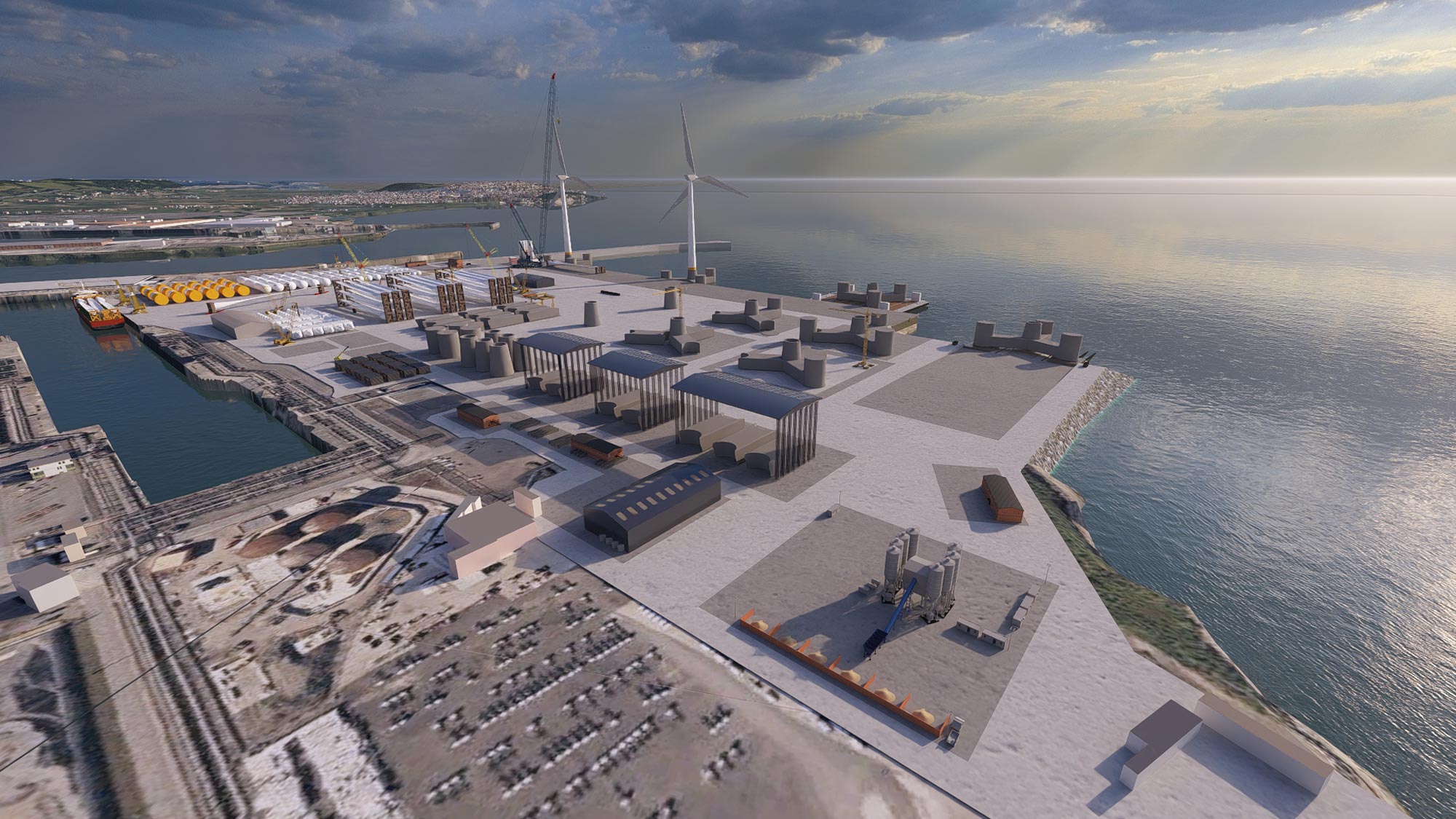
The Bristol Port Company (BPC) is developing plans for a major new terminal to support the development of offshore wind in the Celtic Sea and in turn will help the UK meet its 2050 net zero target.
The next generation of wind farms is moving closer as The Crown Estate has begun the latest phase in its Offshore Wind Leasing Round 5, which aims to establish 4.5GW of floating wind farms in the Celtic Sea.
Creating up to 4.5GW of new renewable energy capacity, enough to power more than 4 million homes, with the potential to unlock a further 12GW of capacity in the Celtic Sea in future rounds will significantly increase offshore wind installation in the world’s second largest market.
Stay up to date with the latest news from Bristol Port
Standing at an impressive 18 meters by 18 meters and weighing a staggering...
Sadik Al-Hassan MP visited The Bristol Port Company, where we highlighted our commitment...
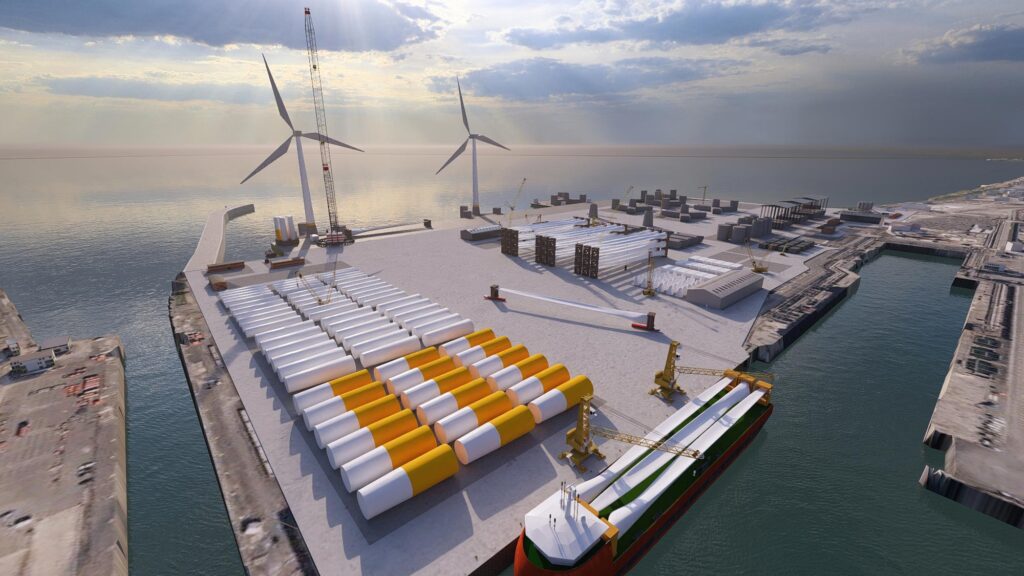
St Andrew’s House St Andrew’s Road Avonmouth Bristol BS11 9DQ UK
Tel: +44 (0)117 982 0000
E-mail: enquiries@bristolport.co.uk
Copyright © 2024 Bristol Port Company
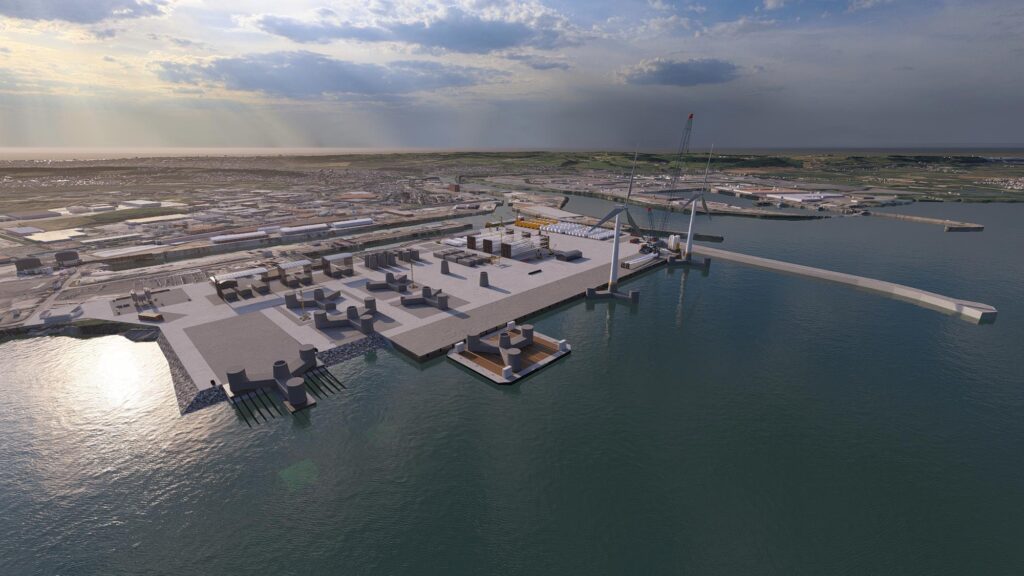
BWT will be constructed at Avonmouth Dock on the foreshore and will incorporate new and existing dock infrastructure.
The new deep-water terminal will include a new quay wall, slipway for launching floating sub-structures and extended breakwater.
The facility will be capable of handling the assembly or manufacture of floating sub-structures, the integration of turbine components and deployment of completed units to deep-water sites.
Key activities at BWT which could be supported include:

Key activities at BWT which could be supported include:
As part of the development, BPC will also create over 400 acres of habitat compensation – equivalent to about 250 football pitches – at its site on the Steart Peninsula.
BPC will play a pivotal role in the construction of BWT which will span over 125 acres of land, together with additional land for storage and supporting activities in Avonmouth Dock and Royal Portbury Dock.
The new deep-water terminal will include a 750m quay wall, slipway and breakwater and will have wet storage facilities for both integrated and unintegrated sub-structures.